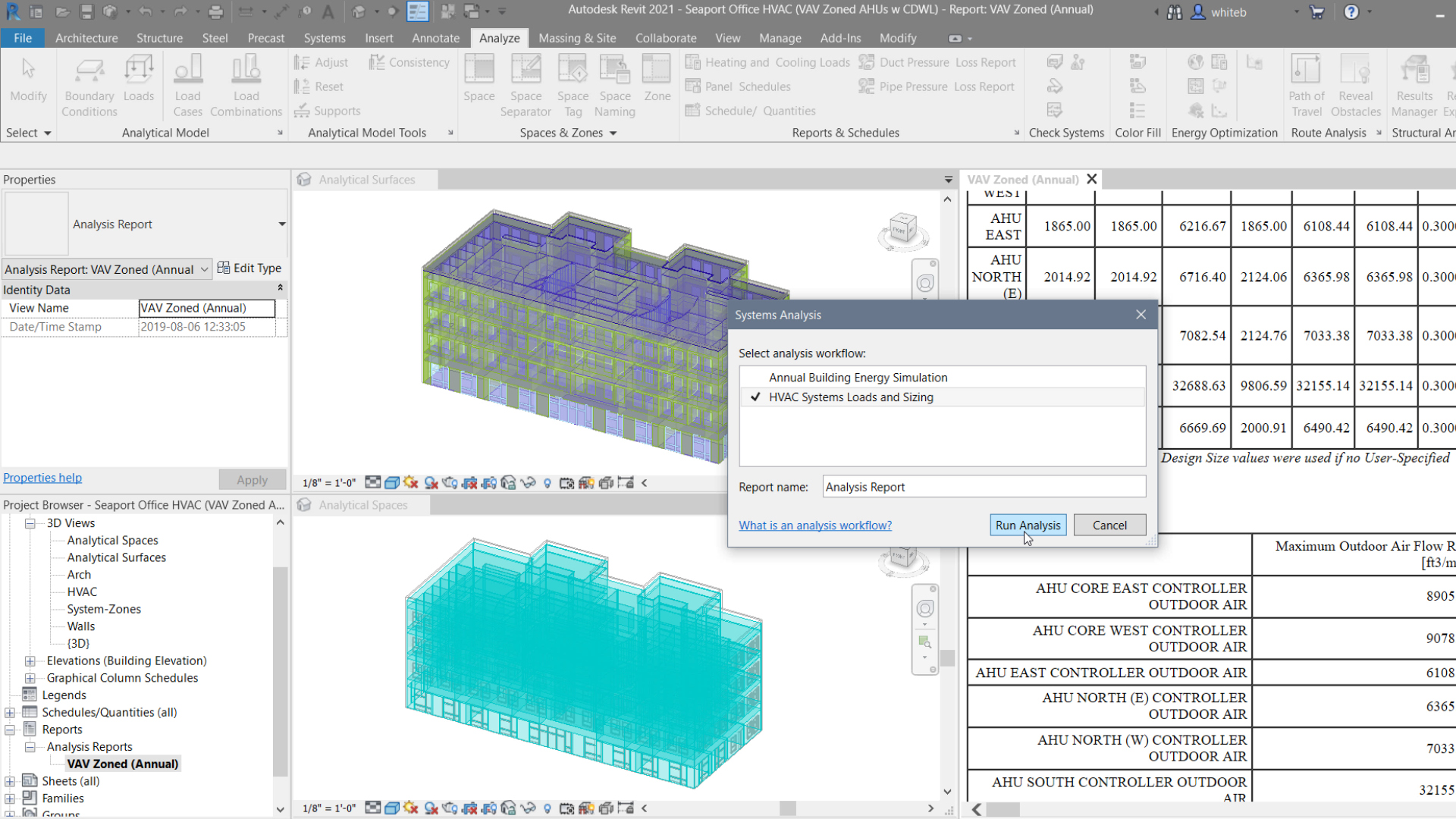
With Revit, there is another level of coordination which can be performed which is called “Clash Detection” you can only really effectively do it if you have objects in 3D – this analyzes a model for collisions between specific types of objects (like Beams and Piping). If you are using Revit with consultants, like an electrical, mechanical, or structural engineer, you can perform effective preconstruction work right out of the box. Revit’s coordination features are excellent. Not only can you coordinate within your team on a project, but also with others, such as Structural, Electrical or Mechanical, making sure that all of their designs can fit. For example, someone is working on an elevation drawing, and another is working on a plan. If there are changes in one or the other, those will be reflected in your sheets at the end. Revit does a good job of handling the coordination that must be done manually if using AutoCAD.

However, if your firm has a few people (more than two or three) that are working on a project at the same time, Revit’s database is set up to facilitate multiusers working at the same time. Rather than drawing individual sheets or drawings, you are building a model and then drawings are created because of that modeling. Because it is a database, there is a bidirectional relationship between the objects that are in the model, both on the 3-dimensional side and also within the data in the objects.Įven though AutoCAD has been around for a long time, it still viable for many small firms. Through this platform you can develop a building model that is 3D with a data backbone to it. Revit is technology that was built for Building Information Modeling (BIM). Today, we will discuss two of Revit’s options: Revit and Revit LT. If you are considering purchasing Revit, we will help you to understand which version is best for your needs and what the implementation may look like.

Revit is a software tool for architects and engineers. It is also used in construction. It is a good tool that lives throughout the lifecycle of the building. Revit’s database driven approach (often called Building Information Modeling or BIM) has had a dramatic impact on the design and build community.

Welcome to Design Under Influence. Today’s discussion centers on Revit.


 0 kommentar(er)
0 kommentar(er)
